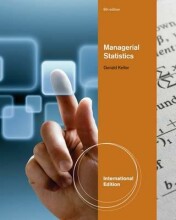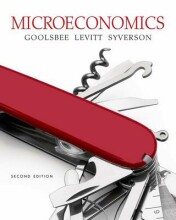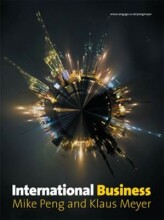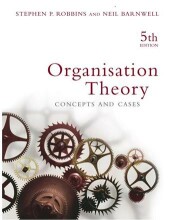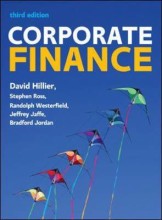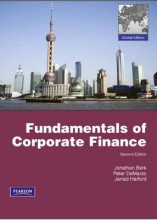Organisational Aspects of Operations
16 important questions on Organisational Aspects of Operations
What is the operations process?
What are the differences between manufacturing and non-manufacturing industries?
2. N: Customer is active participant (education, etc.)
3. N: Unpredictability makes operations control difficult
4. N: Quality and productivity are more subjective
5. M: Quality of service is determined primarily by output
How does operations relate to innovation?
- Higher grades + faster learning
- Never study anything twice
- 100% sure, 100% understanding
How does operations relate to HRM?
How does operations relate to finance&accounting?
What are the 2 types of operation management activities?
2. System planning and control: scheduling, planning, supply chain management, etc.
What is method study?
What is work measurement?
What factors play a role in deciding on a location?
2. Availability of raw materials
3. Local issues (taxes, planning procedures, etc.)
What is operations planning and control?
What are the 5 methods for quality control?
2. Benchmarking - Comparing with other organisations, and through that improving
3. TQM (Total Quality Management) - corporate culture completely focussed on customers need by incorporating quality in every aspect (training, etc.)
4. Supply chain management - make sure that is qualitatively good
5. JIT - highest volume of output at lowest cost, based on customer's demands
How is the state involved with organisations?
2. National and international quality standards
3. Regional policies
How does technology influence operations?
What are the operations objectives of organisations?
2. Dependability (keep delivering satisfactory products)
3. Speed (first-mover advantage)
4. Flexibility (alter products to fit changing demands)
5. Cost
What is lean production?
What are the characteristics of lean production?
2. close links with customers and suppliers
3. Kaizen (continuous improvement) and solving problems at the source
4. Flexible systems and technology
5. Offer variety of products
6. Delayering of management
The question on the page originate from the summary of the following study material:
- A unique study and practice tool
- Never study anything twice again
- Get the grades you hope for
- 100% sure, 100% understanding





















